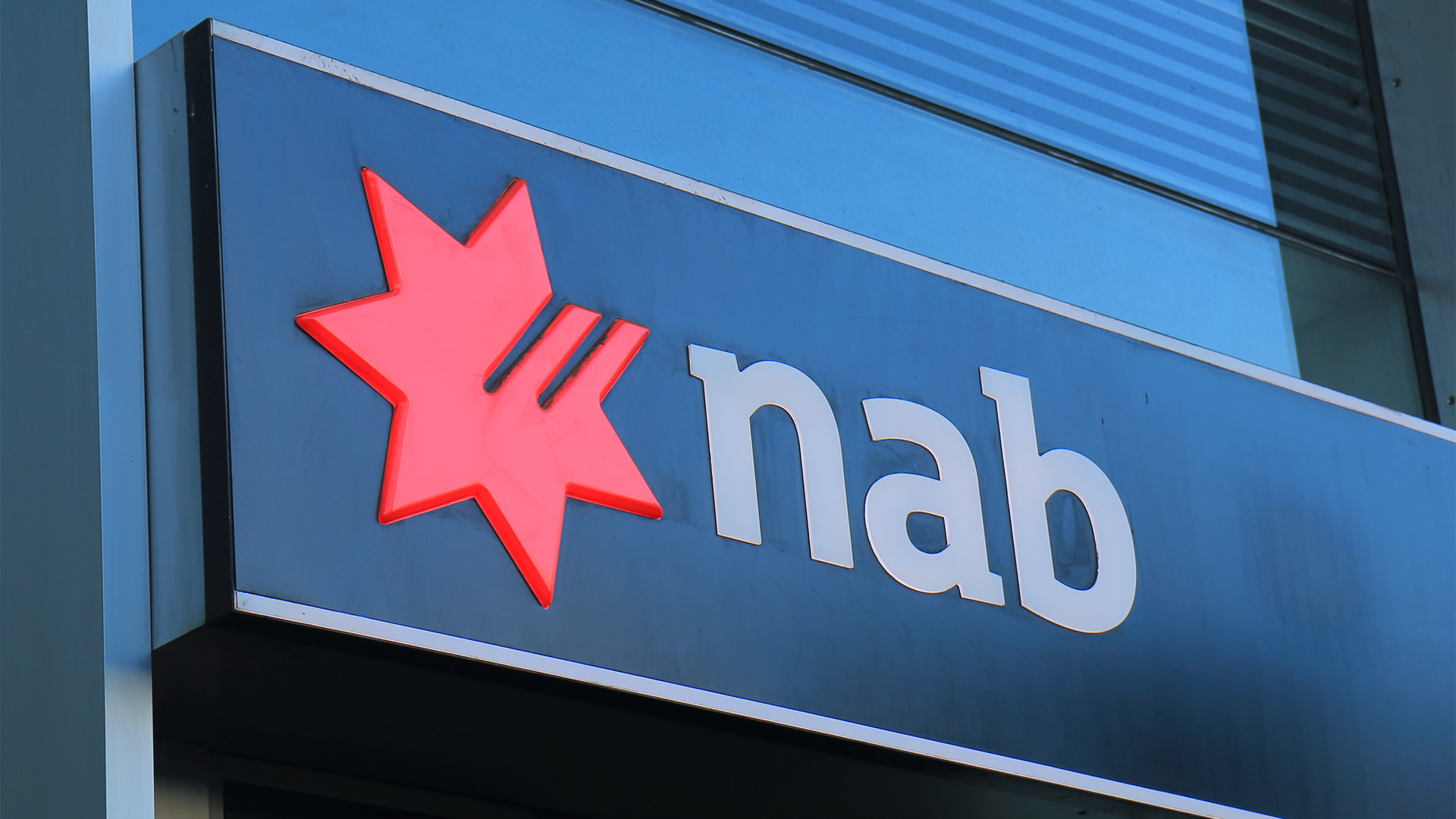The Chinese economy is finishing the year in a better place than when it started, or so it seems from the economic data for the past few months, and especially November.
China’s retail sales and investment growth held basically steady in November as a slight lift in state-led spending continued to help prop up overall investment heading into the close of 2017, according to official figures released yesterday.
Trade was stronger than expected, especially imports, while inflation remains well held.
Yesterday’s release saw total fixed-asset investment up 7.2% during the first 11 months of the year, according to China’s National Bureau of Statistics, down slightly from growth of 7.3% during 10 months to October.
Retail sales in November were up 0.2 percentage points from the previous month at 10.2% year on year, but lower from June’s peak of 11%.
Industrial production rose was up 6.1% year-on-year rise of lower than October’s rate of 6.2%.
In a note economists at the National Australia Bank said there was “a continuation of the stability we’ve seen across much of the year, and there was nothing to change our views. China’s economy is forecast to grow by 6.8% in 2017, before easing back to 6.5% next year.”
Steel production fell month-on-month to 66.2 million tonnes from 72.4 million tonnes in October – in what was the first sign of the impact of proposed capacity closures across 26 northern Chinese cities between November and March.
But that didn’t impact demand for iron ore which topped 94 million tonnes in the month, nor did it impact iron ore pricing which rose above $70 US a tonne in the month for a gain of nearly 20%.
The NAB economists said imports of iron ore were “surprisingly strong – given weaker output of crude steel (related to capacity closures that will persist until March next year).”
"The underlying trends in China’s export data remain impacted by historic distortions – which overstate the levels between 2012 and 2016. A strong increase in the value of exports to Hong Kong – well above the levels typically reported by Hong Kong Customs – potentially indicates a fresh wave of false invoicing during the mont,” the NAB said.
"For the first eleven months of 2017, new credit issuance totalled RMB 18.2 trillion, an increase of 12.8% year on year. Bank loans comprise the largest share of this lending, in part reflecting tightening regulations in the financial sector, which has forced off-balance sheet activities back to traditional channels,” the NAB added.













